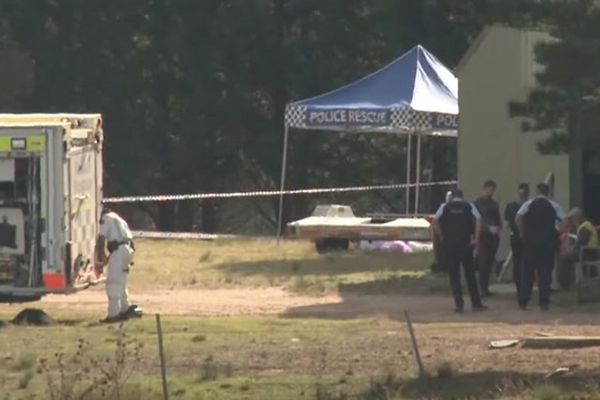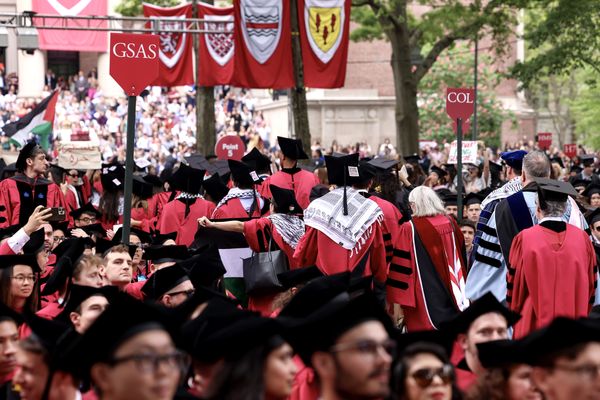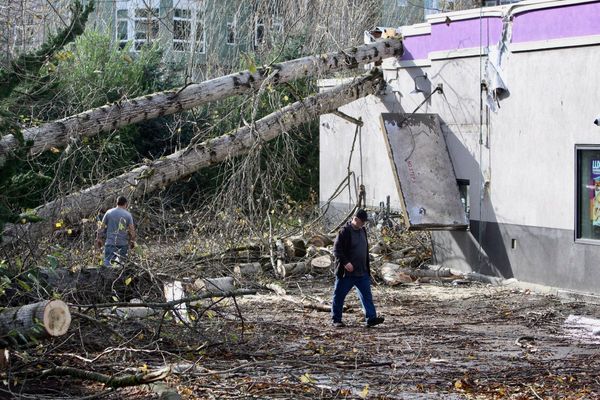After two years in the job, it is no longer a surprise when Williams boss James Vowles – former chief strategist at Mercedes and architect of numerous Lewis Hamilton victories – makes his well-worn bold statement on the future of the team. So bold, in fact, that it would be unadvisable if his words did not carry so much authority and his experience so much respect.
In short, Vowles has dismissed this current era of F1 as a free hit for a fallen giant of the sport. On Friday morning, as Williams launched their 2025 FW47 car at an ice-cool Silverstone, his message did not waver.
Asked when Williams could expect to add to their 16 world championships once again, he replied: “I’ve always said we’re focused on 2026 [when new rules come into force], ’27 and ’28. I want to make sure that we’re not taking short-term gain at the cost of the long term.”
This will not be news to Williams’ star winter signing. Carlos Sainz arrives at Williams this year a man beaten but not broken, having lost his Ferrari seat to Hamilton for 2025 and beyond. With Red Bull and Mercedes oddly uninterested in the Spaniard’s race-winning expertise, Sainz was left with a choice between Audi’s 2026 project or Vowles’s Williams masterplan. He chose the latter.
There is little doubt that Vowles’s visionary outlook and art of persuasion played a big part in Sainz’s choice; a choice which will have seemed a million miles away just over a year ago, when he looked set to sign a contract extension at Ferrari.
Yet in F1, you are forced to adapt to the hand you’re dealt with and Sainz – fresh off two race wins in Australia and Mexico last year – will bring much-needed pedigree and composure to a team desperate to return to their once mighty standing.
In the off-season, impressive Argentine rookie Franco Colapinto moved to a reserve role at Alpine with Vowles’s terrific pairing already set in stone. Sainz appeared relaxed and at ease as he took to the stage alongside teammate Alex Albon to unveil the FW47 on Friday, with the full livery to be revealed at the 10-team season launch event in London on Tuesday.
In acquiring the Spaniard, Vowles has formed one of the most skilled driver lineups on the grid. Yet with a car which finished a solemn second-last in 2024 – amid a dozen-plus crashes throughout a torrid campaign – it is just a shame that we will have to wait for their full potential to be unleashed.
In conversation with 2009 world champion and Williams ambassador Jenson Button, Sainz was already eyeing improvements after just one installation lap at Silverstone. This may well be the running theme of his Williams debut season.
“Everything went as planned,” he said. “But there’s two or three things which could be improved. We’ll give the feedback and then get going with the run-plans.”
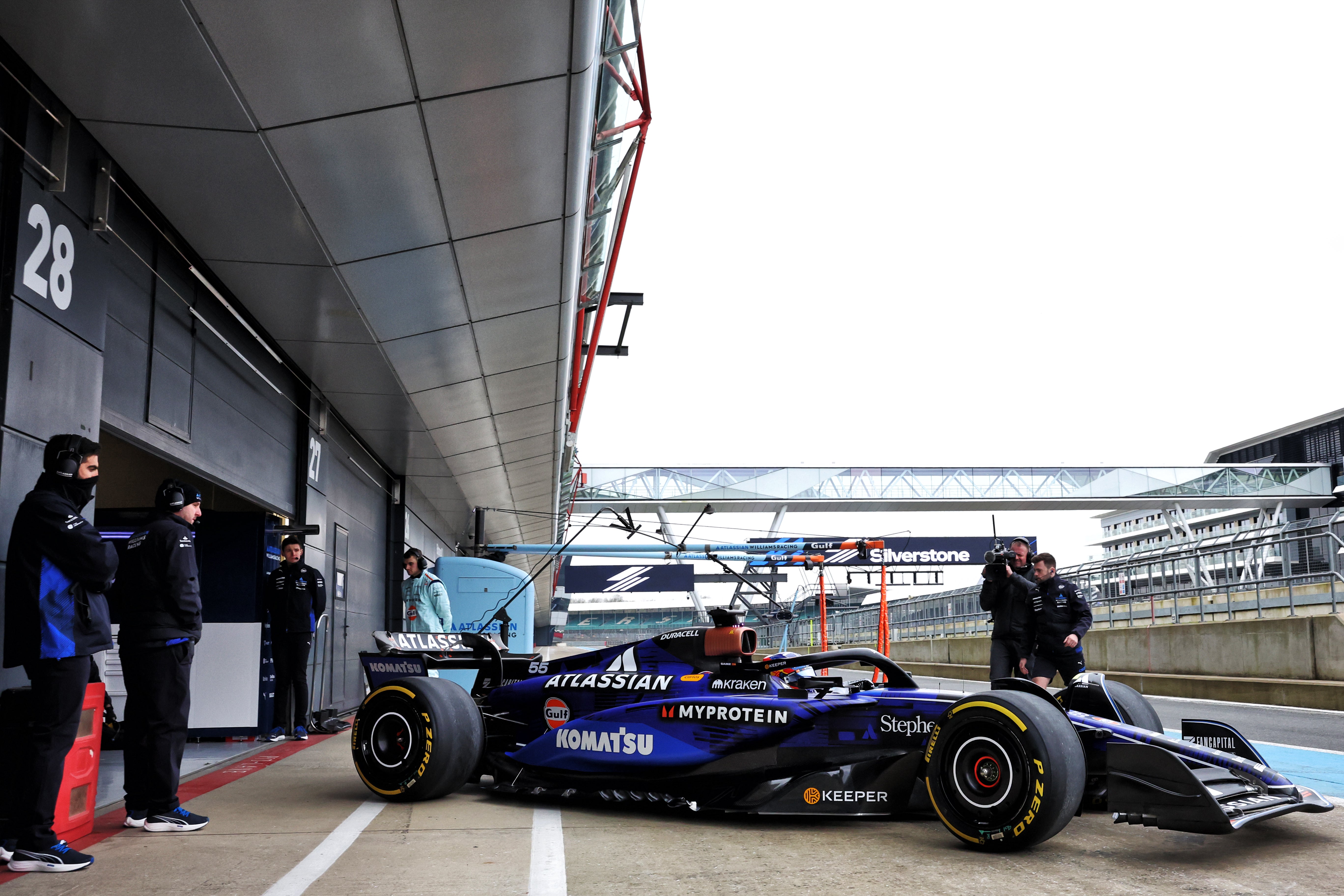
Vowles is making moves and signing cheques off-track, too. This week, Williams announced a long-term title sponsorship with Australian technology company Atlassian, which is set to be the biggest in the team’s 48-year history. Their branding will feature on the car and driver race-suits, with the team now officially called “Atlassian Williams Racing”.
The team also added to their ambassadorial roster, with the team’s last world champion – outspoken Canadian pundit Jacques Villeneuve, title winner in 1997 – joining the likes of Button and three-time W Series champion Jamie Chadwick.
On the face of it, such announcements may not seem significant but on-track performance in F1 works hand-in-hand with off-track improvements. The backing of a major company and the vital investment to go with it feels significant. It gives Vowles a financial baseline that the team could only dream of when their future in the sport was at stake five years ago, during the Covid pandemic and shutdown of the sport.
But while his eyes will be set on next year, when new engine and chassis regulations give Vowles and chief technical officer Pat Fry their much-craved opportunity to climb the ladder, Albon and Sainz will look to carve the very best out of this year.
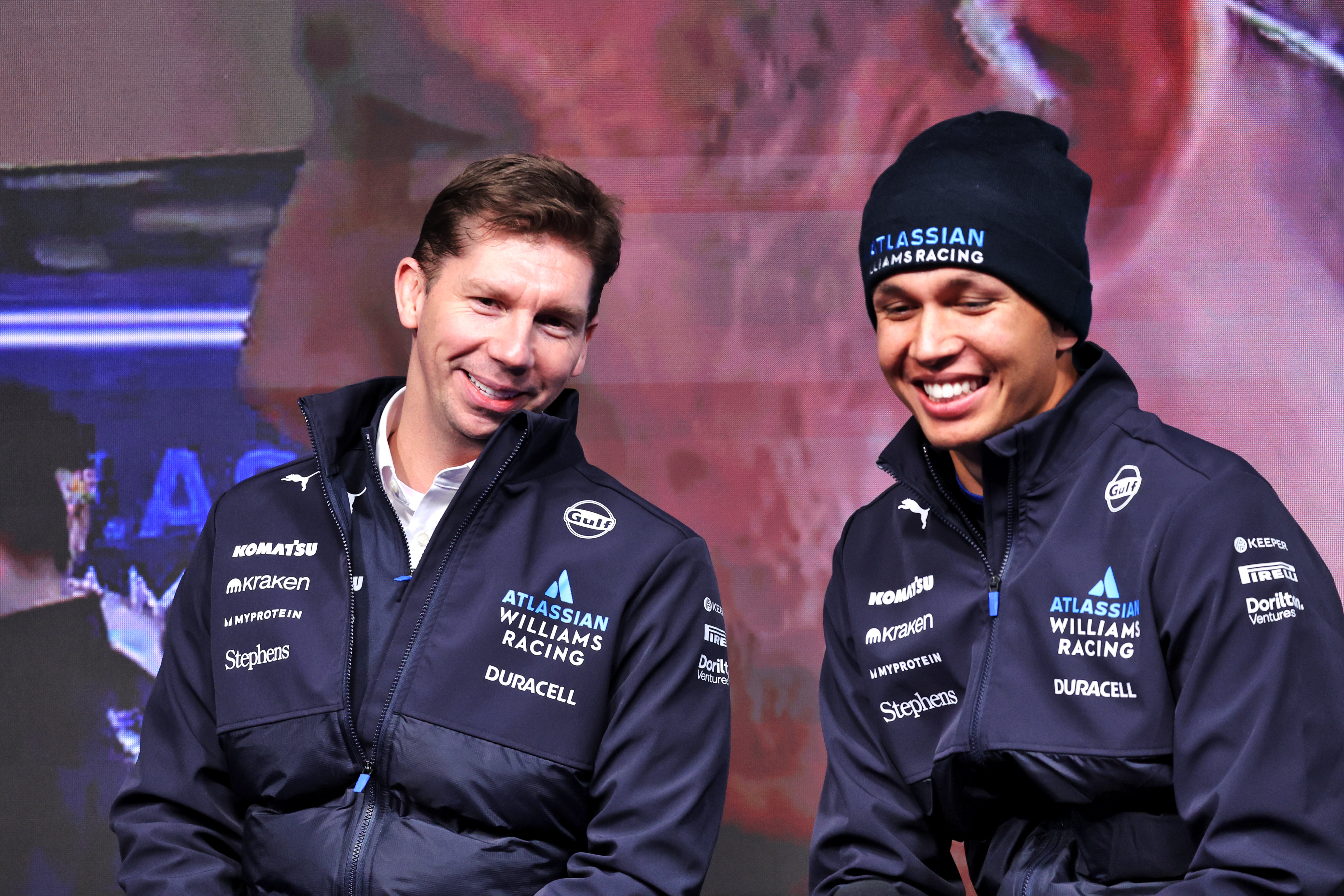
“This car is an evolution of last year,” Vowles said on Friday, in a rather pessimistic tone. “The field is closing in together, you don’t know how good a winter others have had.”
Asked about the potential of a first podium since 2021, he rebuked: “Nothing is impossible, there were a few surprises last year.
“We have a lot more of the ingredients available to us. On a normal race weekend, it will be unlikely. But we have two of the strongest drivers who will give everything, as will I.”
Sainz has rolled the dice with his peak years – signing a two-year contract, with an option to extend – at a team currently lingering at the back of the pack. The 30-year-old maintains dreams of an F1 world championship but it won’t come this year.
Yet what the Spaniard can do is set a tone and atmosphere – one of lofty standards and expectations, forged by his four-year stay at Ferrari – that can set Williams on a path to their once distinguished spot at the peak of world motorsport. Early on though, from the first race in Australia on 16 March, there may well be some pain. His patience will be tested.
